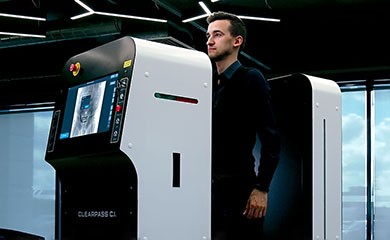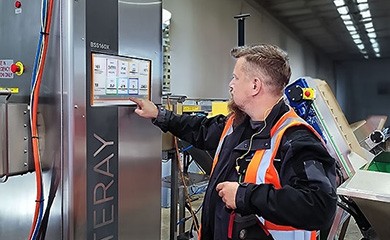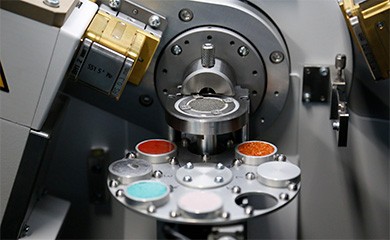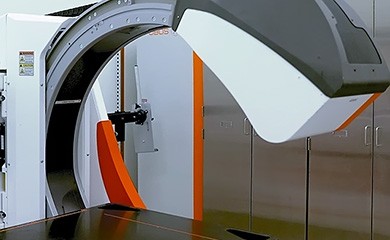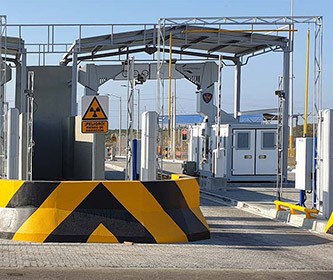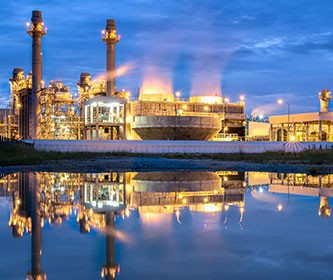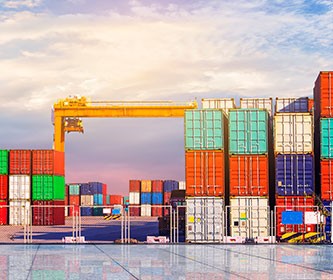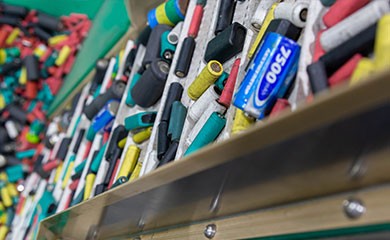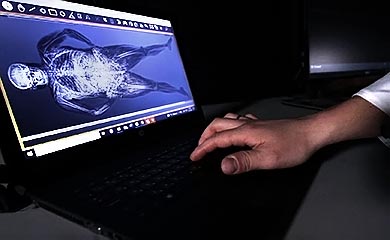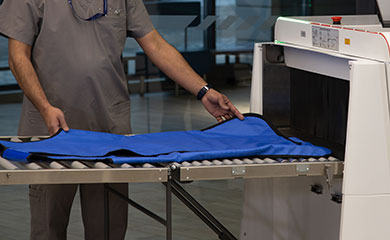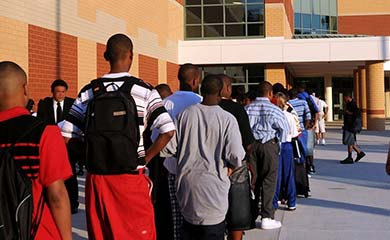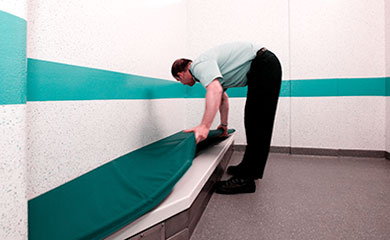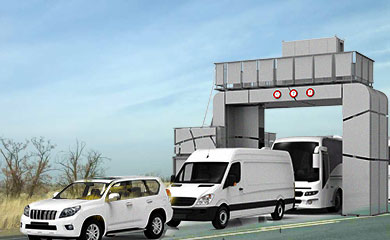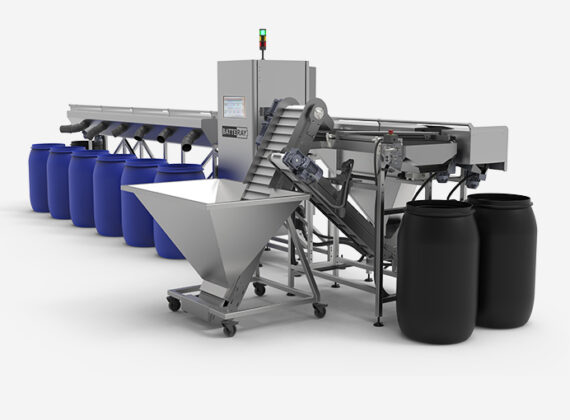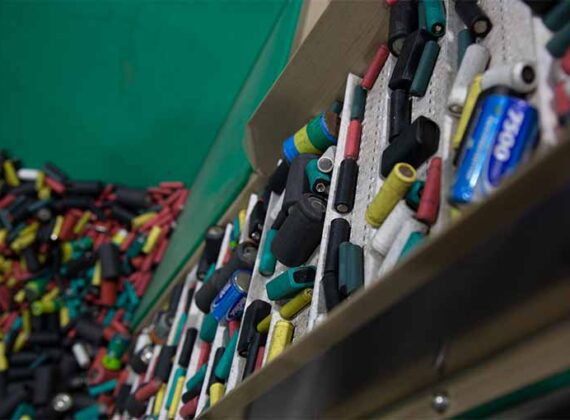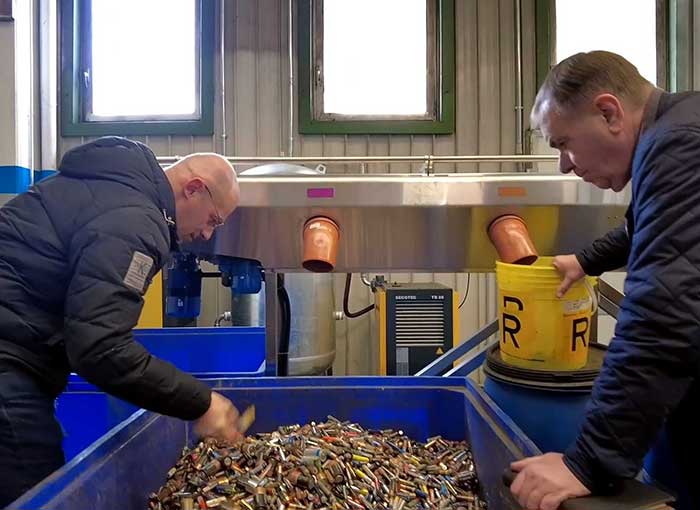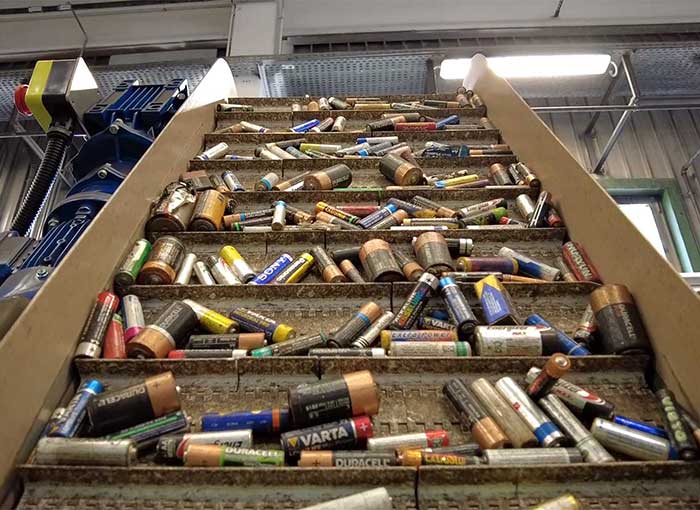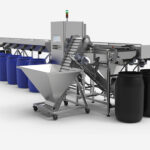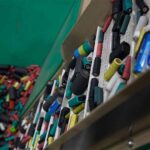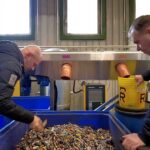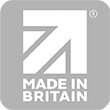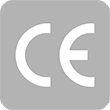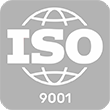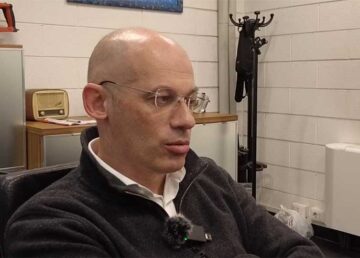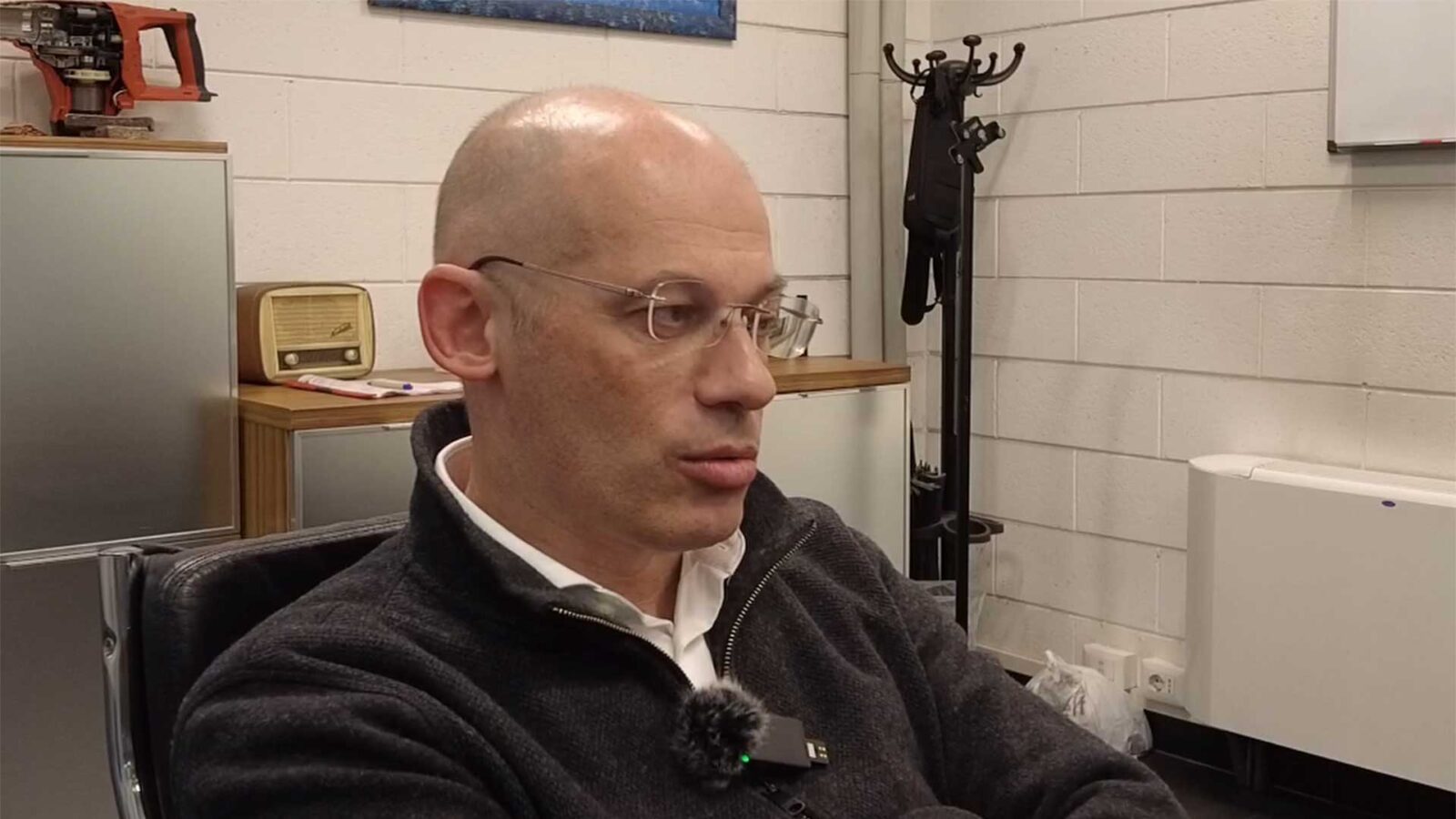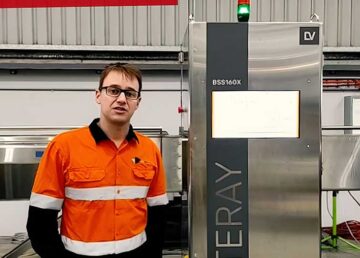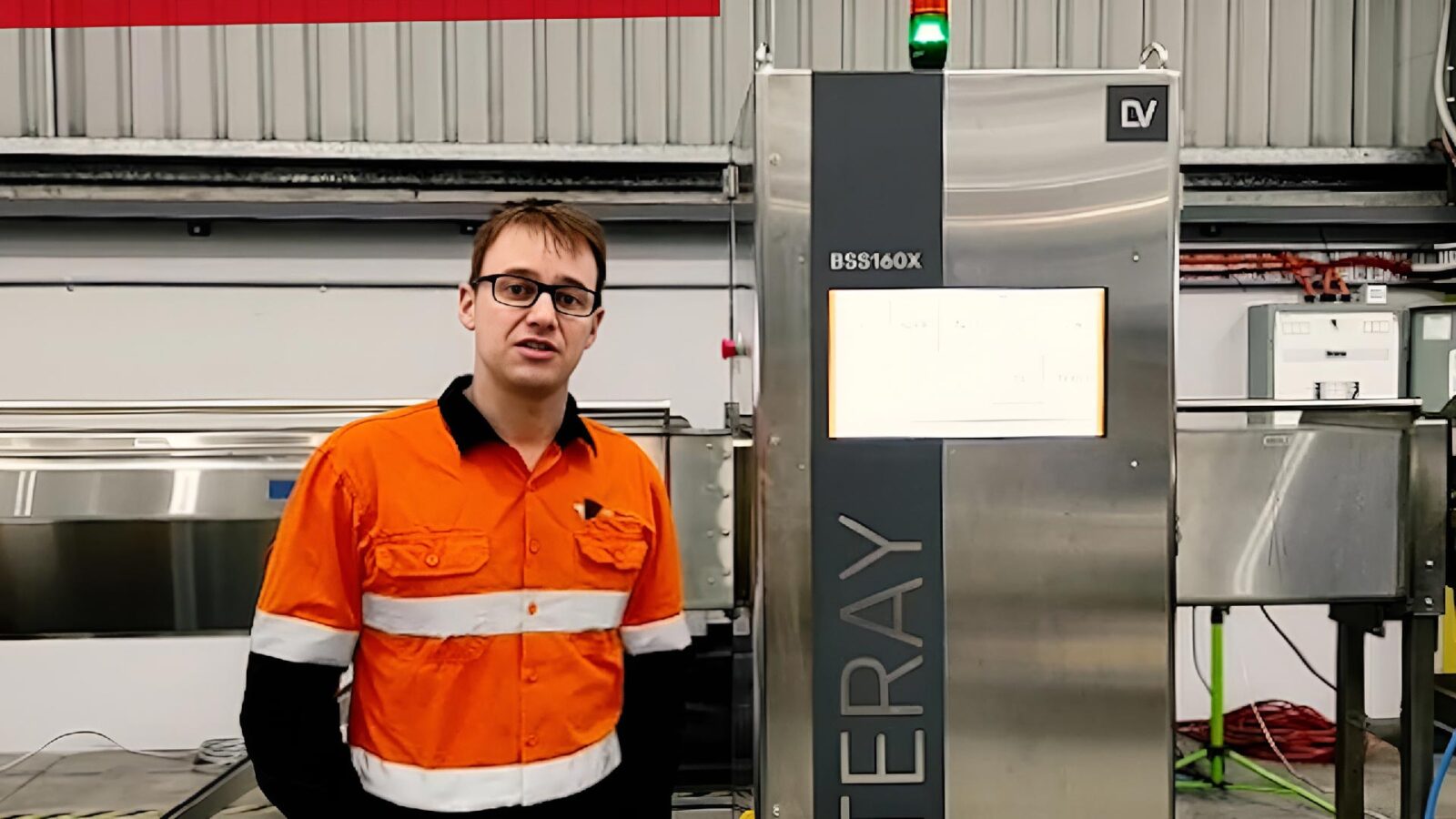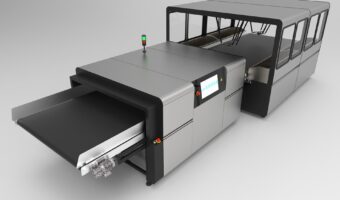Datasheet
Our team has been exploring the feasibility of using X-ray technology to address the issue of classifying and identifying various kinds of used batteries since 2017. BATTERAY, an X-ray system for sorting portable waste batteries, was created and developed as a result.
This X-ray Battery Sorting system is a strong and adaptable instrument for identifying different battery types.
One of the key features of the BATTERAY is its advanced imaging technology, which allows by visualizing the internal structure of batteries receive the exceptional results. The system’s sophisticated image processing algorithms enable it to identify even non-labeling batteries helping to prevent costly failures or safety hazards.
With adaptable testing methods and a simple user interface, the BATTERAY X-Ray Battery Sorting system is made to be flexible and simple to use. A versatile solution for a variety of applications is provided by the system’s modular design and variable configuration options, which also make it simple to adapt to different battery types, equipment, and sorting needs.
- There is no technology like BATTERAY on the market. The battery’s top layer has no impact on it. The system will correctly identify the type of battery even if a label or marking are missing or if the battery is a fake.
- The BATTERAY uses X-ray scanning to identify the type of batteries. There is also the X-ray protection for the operator.
Software Features
- Program for adding batteries including non-standard sizes from AAAA to 21700 not included in preliminary trained sort map.
- Standard sorting (default sort map)
- Sorting with customer-added batteries (default sort map + customer base) – the user can add previously unrecognized batteries to the database
Sort map
| ZN | ALK | NiCd/MH | NiCd | NiMH | Primary Li | Li-Ion | |
| AAAA | + | + | + | + | + | ||
| AAA | + | + | + | + | + | + | + |
| AA | + | + | + | + | + | + | + |
| C | + | + | + | + | |||
| D | + | + | + | + | + | + | |
| 6F22 (9V) | + | + | + | + | |||
| 21700 | + | ||||||
| 18650 | + | ||||||
| A23 | + | ||||||
| A27 | + | ||||||
| CR2 | |||||||
| 16340 (R123) | + | + | |||||
| 1/2 АА | + |
Sorting battery groups:
- Zn-Carbon
- Alkaline
- Li-Ion
- Li-Primary (Li-SOCl2, Li-MnO2, Li-FeS2)
- Nickel-Cadmium (NiCd)
- Nickel-Metal hydride (NiMH)
Process overview
The batteries are moved to the conveyor to separate small trash, electrolyte dust, battery pieces, and miniature batteries after the operator has filled the loading hopper with them. The batteries are then transferred to the orientation conveyor in order to align them with the conveyor’s motion. Batteries on the conveyor belt that have passed through the detection system are analyzed by an x-ray system, and then they are assigned to one of several groups.
Pneumatic injectors are used for dropping the identified batteries from the conveyor into the proper container. Some batteries cannot be detected because they have damage or because the database doesn’t have their type. These batteries are travelling toward the conveyor’s end until they fall into separate containers.
- Conveyor speed enables a sorting operation with a 300 kilogram per hour productivity.
- Alkaline/ZnC sorting purity is 99,5%, which is sufficient for recycling enterprises.
- Broad coverage standard map that shows the most common battery types and sizes.
Key features
Damaged Batteries Detection
Damaged, corroded and counterfeit batteries friendly
Artificial Intelligence
Battery sorting with AI-driven X-ray technology
High productivity
Conveyor speed allows to provide sorting process with a productivity of 350-500 kg per hour
High purity of sorting
Purity of sorting for Alkaline/ZnC–99,5%
Popular types of batteries
Wide coverage standard map which includes the most popular types and sizes of batteries
Proprietary technology
BATTERAY is a unique LINEV Sуstems technology with no equals at the market.
Video
Technical data
X-ray source
| X-ray emission | Complies with the standard: 1 μSv/h at any point at a distance of 10 cm from the device. Typical value of our system less than 0.3 μSv |
| X-ray protection | Full operator protection |
Loading
| Capacity of the loading hopper, no more | 350 kg |
| Size of the loading hopper, guaranteed | 250 L |
| Speed of sorting conveyor | 1.0 m/s |
| Productivity of pure fractions, not less than | up to 25000 batteries/hour |
| Pneumatic | 8 bar, 200-500 SLPM |
| Throughput capacity | 350-500 kg/hour |
Dimensions
| Overall dimensions (maximum) | ||
|---|---|---|
| Width | 2685 mm | |
| Height | 2400 mm | |
| Length | 7956 mm |
| Weight (maximum) | 2400 kg |
|---|
Purity of sorting
| Zinc-carbon, alkaline | 99,5 % |
| All groups | 95 % |
X-ray source
| X-ray emission | Complies with the standard: 1 μSv/h at any point at a distance of 10 cm from the device. Typical value of our system less than 0.3 μSv |
| X-ray protection | Full operator protection |
Loading
| Capacity of the loading hopper, no more | 771.6 lbs |
| Size of the loading hopper, guaranteed | 66 gal |
| Speed of sorting conveyor | 3.28 ft/s |
| Productivity of pure fractions, not less than | up to 25000 batteries/hour |
| Pneumatic | 8 bar, 200-500 SLPM |
| Throughput capacity | 771-1102 lbs/hour |
Dimensions
| Overall dimensions (maximum) | ||
|---|---|---|
| Width | 105.7″ | |
| Height | 94.5″ | |
| Length | 313.2″ |
| Weight (maximum) | 5291 lbs |
|---|
Purity of sorting
| Zinc-carbon, alkaline | 99,5 % |
| All groups | 95 % |
Reviews and related links
Every year, the issue of used batteries becoming waste grows increasingly significant. Batteries should be disposed of properly to prevent environmental catastrophe.
The most dangerous waste are portable batteries. Batteries contain a lot of dangerous components, therefore they need to be thoroughly sorted to meet recycling standards..
Emergency circumstances at processing facilities or contamination and deterioration of the qualities of final fractions might result from poor sorting purity.
Our team has been looking into the viability of employing X-ray technology to address the issue of classifying and identifying various kinds of used batteries since 2017.
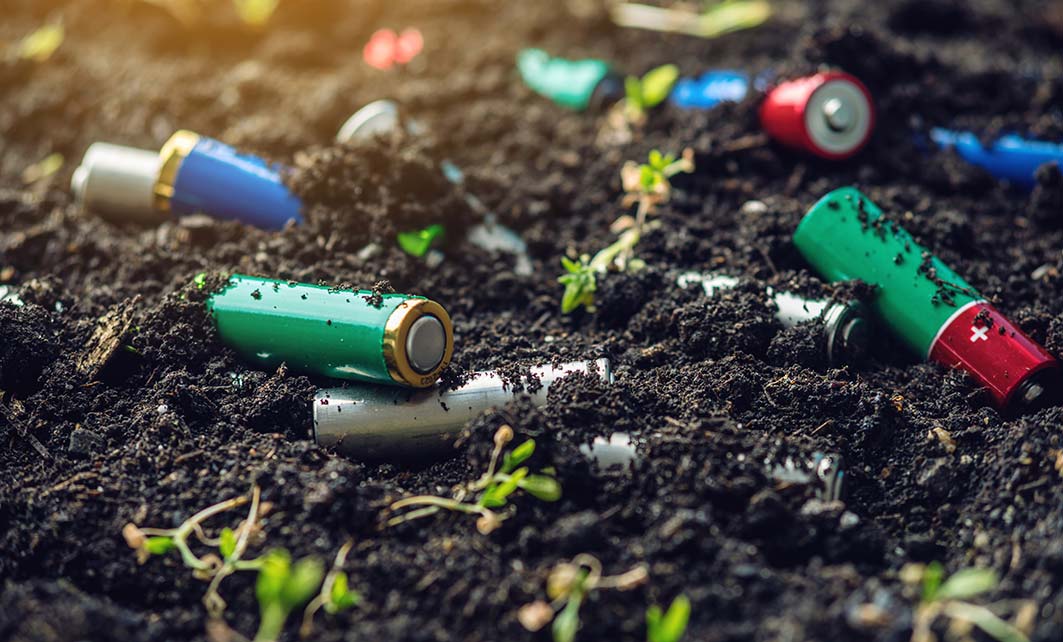
The fastest way to hear back from us is to fill the contact form below. Our appropriate department will get back to you depending on your inquiry as soon as possible.



